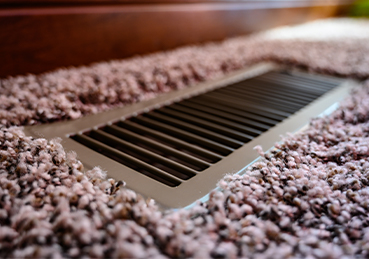How Often to Clean Air Ducts and Vents
You should have a professional deep cleaning of your A/C system every three to five years, according to the National Air Ducts Cleaners Association. But keep in mind that air contaminants are constantly circulating throughout your duct work. Building up on ducts and grille covers, and then blowing into your home. If someone in your home has asthma or is sensitive to allergens. More frequent cleaning will improve air quality for their benefit. You’ll also want to consider taking on this job if you have furry pets or a smoker living in your home.

Ways to Keep Your Air Ducts Clean Longer
Replace the Air Filter Regularly
The simplest way to keep your duct work clean is to replace your air filter as recommended by the manufacturer. You’;ll need to replace it every one to three months, depending on its thickness. You can also contact your local HVAC contractor to accomplish this task. Moreover, having an HVAC or swamp cooler maintenance plan can help ensure you’re keeping up with air filter changes.
Dust and vacuum more often
Dust everywhere in New Mexico, so it can’t be completely avoided, but you can make sure there less of it in the house. By removing the dust out of the environment. Making it less likely to get pulled into your duct work through the air system. If you have a Rumba or another automatic vacuum. Run it daily or every other day.
:max_bytes(150000):strip_icc()/185286036-56a4a2a73df78cf772835c71.jpg)
Have Your Ducts Cleaned Routinely
The number of people and pets you have in your household can affect how frequently you need to get your duct work cleaned. If you have more children and pets. Then you’ll need to get your ducts cleaned more often. An experienced HVAC contractor can help you determine how frequent your ducts need cleaned.
Tips to Keeping Your Vents Clean Longer
- Dust the outside of your air vents with a vacuum or microfiber cloth monthly or each time you clean your floors.
- Be sure to replace your air filter regularly, generally every 30 to 90 days. How often it needs to be replaced varies by the type of filter you’re using as well as a variety of other environmental factors, so check the filter packaging.

